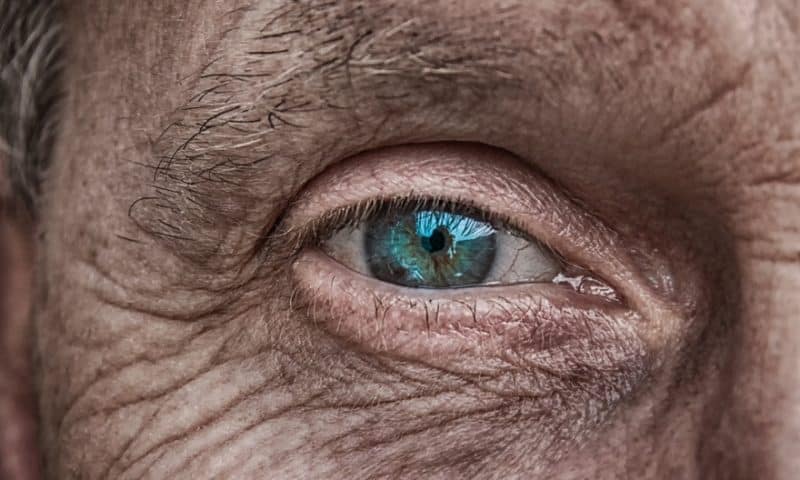The loss of light-sensing cells in the retina called photoreceptors is associated with several eye diseases, including age-related macular degeneration (AMD), a leading cause of blindness in older people. Many attempts to restore light-sensing cells have involved coaxing stem cells to become photoreceptors.
Now, researchers led by the National Institutes of Health’s National Eye Institute (NEI) have developed a new technique that they believe could be used to restore photoreceptors without stem cells. Instead, they used chemicals to transform skin cells directly into rod photoreceptors, they reported in the journal Nature.
The researchers started by bathing skin cells in five chemicals known to mediate the molecular pathways of photoreceptors. That resulted in cells that looked and functioned like rod photoreceptors—and that were ready to be implanted into mice in 10 days. It was a much faster process than the six months or so that it takes to coax induced pluripotent stem cells to transform into photoreceptors, they said.
They transplanted the cells into 14 mice with retinal degeneration and then tested the animals’ photoreceptor functioning in low-light conditions. Within a month, the pupils of six of the mice constricted—a reflex that’s dependent on functioning photoreceptors. What’s more, those mice were able to find and retreat to dark spaces in their cages, further proof that their eyes could distinguish between light and dark.
“Even mice with severely advanced retinal degeneration, with little chance of having living photoreceptors remaining, responded to transplantation,” said lead author Biraj Mahato, Ph.D., a research scientist at the University of North Texas Health Science Center at Fort Worth, in a statement.
Several advances have been made in recent years to treat degenerative eye diseases, particularly those driven by genetic abnormalities. In 2017, the FDA approved Spark Therapeutics’ Luxturna, a gene therapy that treats an inherited form of blindness. Editas and Allergan recently kicked off a clinical trial of a treatment that uses the gene editing system CRISPR to correct sight loss caused by mutations in a gene called CEP290.
But the need for new solutions to more common retinal disease like AMD still exists, so several academic teams are experimenting with different approaches. Scientists at Mount Sinai are working on restoring rod photoreceptors by reprogramming Müller glial cells in the retina, for example. A team led by the University of Southern California’s Roski Eye Institute made a retinal implant from stem cells and showed in a small human study that it could help restore sight lost to the most common form of AMD.
The NEI-led team members tracked their mice for three months after the reprogrammed skin cells were implanted. They found that the lab-made photoreceptors survived, as did the connections they formed to neurons in the retina. They are now planning further research aimed at boosting the quantity of functional rod photoreceptors that can be made from skin cells.

